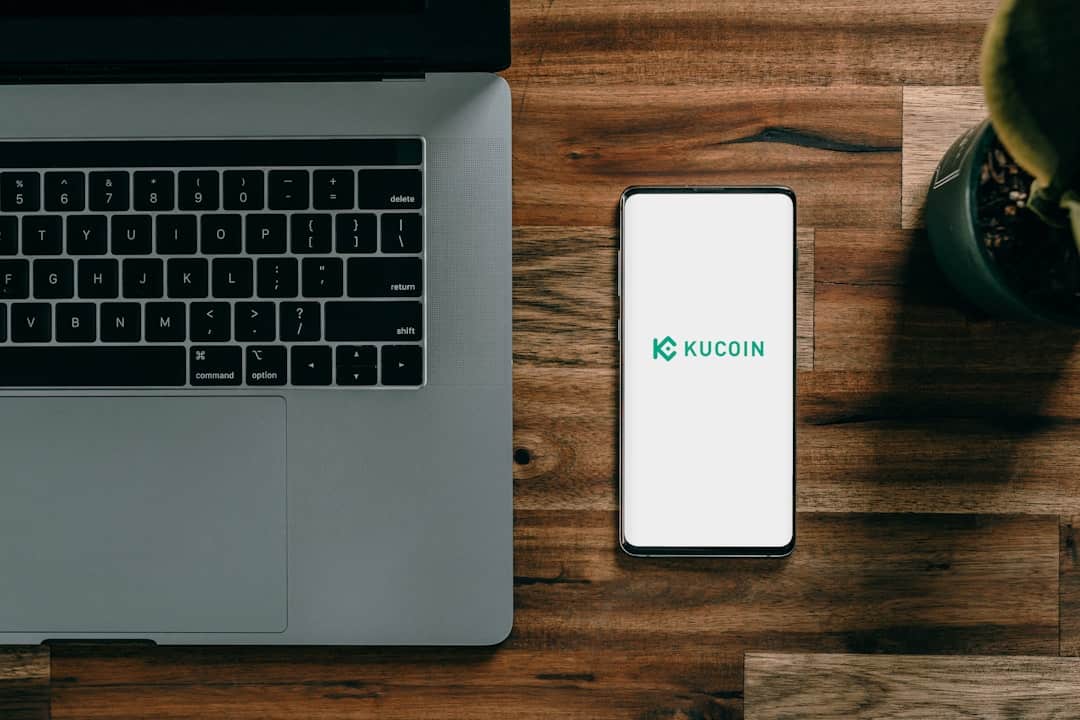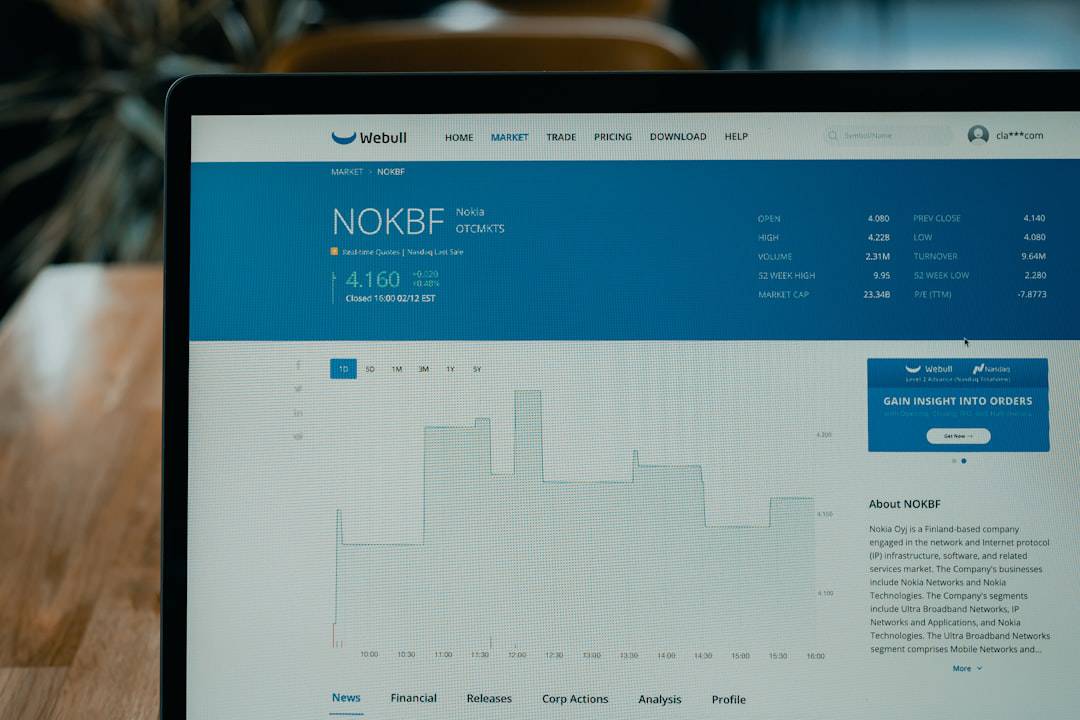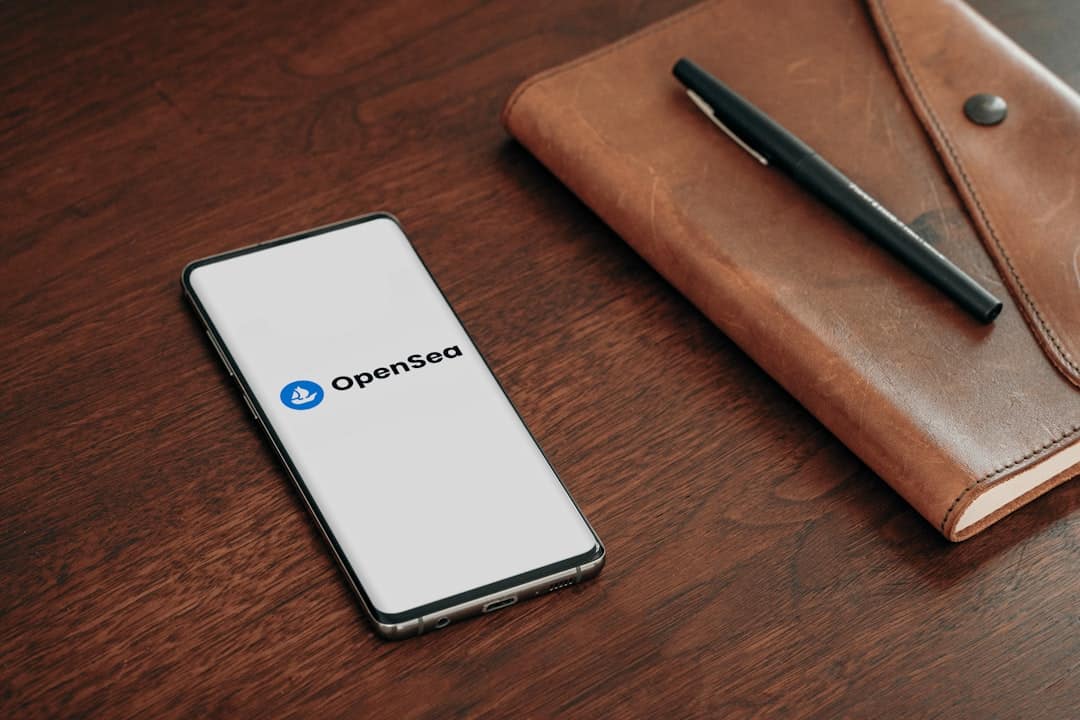Zero Trust Network Access (ZTNA) is a security framework that grants access to applications and data based on strict user and device authentication, regardless of location. Unlike traditional perimeter-based security models, ZTNA assumes the network is already compromised and enforces rigorous identity verification and access controls for every connection attempt. This approach significantly reduces the risk of unauthorized access and minimizes the attack surface, making it an effective solution for securing remote access to corporate resources.
ZTNA incorporates various technologies, including identity and access management (IAM), multi-factor authentication (MFA), encryption, and micro-segmentation, to create a secure access environment. By implementing ZTNA, organizations can protect their remote access infrastructure from unauthorized access attempts and potential security breaches. This is crucial in today’s business landscape, where remote work has become prevalent and employees require secure access to corporate resources from diverse locations worldwide.
Key Takeaways
- Zero Trust Network Access (ZTNA) is a security model that requires strict identity verification for every person and device trying to access resources on a private network, regardless of whether they are inside or outside the network perimeter.
- Appgate ZTNA offers benefits such as improved security, reduced attack surface, simplified access management, and enhanced user experience for remote access security.
- Appgate ZTNA works to secure remote access by authenticating and authorizing users and devices before granting access to specific applications and resources, using a dynamic, identity-centric approach.
- Key features of Appgate ZTNA for remote access security include multi-factor authentication, micro-segmentation, continuous monitoring, and policy-based access control to ensure secure and compliant access.
- Implementing Appgate ZTNA for remote access security involves deploying the solution across all network resources, integrating with existing security infrastructure, and providing user training and support for a seamless transition.
The Benefits of Using Appgate ZTNA for Remote Access Security
Granular Access Controls
Appgate ZTNA provides granular access controls, allowing organizations to define and enforce access policies based on user identity, device posture, location, and other contextual factors. This ensures that only authorized users and devices can access specific applications and data, reducing the risk of unauthorized access and potential security breaches.
Seamless User Experience
Appgate ZTNA provides a seamless user experience, allowing employees to securely access corporate resources from any device and location without the need for a traditional VPN. This not only improves productivity but also reduces the burden on IT teams, who no longer need to manage complex VPN configurations and troubleshoot connectivity issues.
Adaptive Access Controls
Appgate ZTNA’s adaptive access controls dynamically adjust based on user behavior and risk factors, providing a more flexible and user-friendly approach to remote access security.
How Appgate ZTNA Works to Secure Remote Access

Appgate ZTNA works by creating a secure, encrypted tunnel between the user’s device and the corporate network, ensuring that all data transmitted between the two endpoints is protected from unauthorized access. When a user attempts to access a corporate application or data resource, Appgate ZTNA verifies their identity and device posture before granting access. This verification process includes multi-factor authentication, device health checks, and user behavior analysis to ensure that only authorized users with secure devices can connect to the network.
Once access is granted, Appgate ZTNA enforces granular access controls based on the user’s identity, device posture, location, and other contextual factors. This ensures that users can only access the specific applications and data resources that they are authorized to use, reducing the risk of unauthorized access and potential security breaches. Additionally, Appgate ZTNA continuously monitors user behavior and risk factors to dynamically adjust access controls in real-time, providing a more adaptive and user-friendly approach to remote access security.
Key Features of Appgate ZTNA for Remote Access Security
| Key Features | Description |
|---|---|
| Zero Trust Network Access (ZTNA) | Provides secure access to applications and resources based on identity and context. |
| Multi-factor Authentication (MFA) | Enhances security by requiring multiple forms of verification for user access. |
| Dynamic Access Policies | Allows for granular control over user access based on real-time conditions. |
| Application Segmentation | Enables isolation and protection of critical applications from unauthorized access. |
| Continuous Monitoring | Provides ongoing visibility into user activity and potential security threats. |
Appgate ZTNA offers several key features that make it an ideal solution for securing remote access to corporate resources. Firstly, it provides granular access controls based on user identity, device posture, location, and other contextual factors, ensuring that only authorized users and devices can access specific applications and data resources. This reduces the risk of unauthorized access and potential security breaches.
Secondly, Appgate ZTNA offers seamless user experience, allowing employees to securely access corporate resources from any device and location without the need for a traditional VPN. This not only improves productivity but also reduces the burden on IT teams, who no longer need to manage complex VPN configurations and troubleshoot connectivity issues. Additionally, Appgate ZTNA’s adaptive access controls dynamically adjust based on user behavior and risk factors, providing a more flexible and user-friendly approach to remote access security.
Implementing Appgate ZTNA for Remote Access Security
Implementing Appgate ZTNA for remote access security involves several key steps. Firstly, organizations need to assess their remote access requirements and identify the specific applications and data resources that need to be secured. This includes understanding the user roles and permissions required for each resource and defining the access policies that need to be enforced.
Once the requirements have been identified, organizations can deploy Appgate ZTNA within their network infrastructure. This involves installing the necessary software components and configuring the access policies based on the organization’s specific requirements. Additionally, organizations need to integrate Appgate ZTNA with their existing identity and access management systems to ensure seamless user authentication and authorization.
After deployment, organizations need to continuously monitor and manage their Appgate ZTNA deployment to ensure that it remains effective in securing remote access to corporate resources. This includes monitoring user activity, analyzing security logs, and adjusting access policies based on changing requirements or security threats.
Best Practices for Securing Remote Access with Appgate ZTNA

When implementing Appgate ZTNA for remote access security, organizations should follow several best practices to ensure the effectiveness of their deployment. Firstly, organizations should conduct a thorough assessment of their remote access requirements and identify the specific applications and data resources that need to be secured. This includes understanding the user roles and permissions required for each resource and defining the access policies that need to be enforced.
Secondly, organizations should deploy Appgate ZTNA within their network infrastructure and integrate it with their existing identity and access management systems to ensure seamless user authentication and authorization. Additionally, organizations should continuously monitor and manage their Appgate ZTNA deployment to ensure that it remains effective in securing remote access to corporate resources. Finally, organizations should regularly review and update their access policies based on changing requirements or security threats.
This includes analyzing user activity, monitoring security logs, and adjusting access controls based on evolving risk factors.
The Future of Remote Access Security with Appgate ZTNA
The future of remote access security with Appgate ZTNA looks promising as organizations continue to embrace remote work and require secure access to corporate resources from anywhere in the world. With its granular access controls, seamless user experience, and adaptive access controls, Appgate ZTNA is well-positioned to meet the evolving needs of remote access security. As cyber threats continue to evolve, organizations will need robust solutions like Appgate ZTNA to ensure that their remote access infrastructure remains secure.
Additionally, as regulatory requirements become more stringent, organizations will need to implement solutions like Appgate ZTNA to ensure compliance with data protection regulations. Overall, Appgate ZTNA is poised to play a critical role in the future of remote access security by providing organizations with a flexible, user-friendly, and effective solution for securing remote access to corporate resources.
If you’re interested in learning more about the impact of the metaverse on privacy and security, be sure to check out this article on challenges and opportunities in the metaverse: privacy and security concerns. It delves into the potential risks and benefits of the metaverse and how technologies like Appgate ZTNA can play a crucial role in ensuring secure access to virtual environments.
FAQs
What is Appgate ZTNA?
Appgate ZTNA is a Zero Trust Network Access solution that provides secure access to applications and resources for users, regardless of their location.
How does Appgate ZTNA work?
Appgate ZTNA uses a Zero Trust approach to verify the identity of users and devices before granting access to applications and resources. It creates a secure, encrypted tunnel for each user, providing granular access control based on user identity, device posture, and other contextual factors.
What are the benefits of using Appgate ZTNA?
Some of the benefits of using Appgate ZTNA include improved security, simplified access management, reduced attack surface, and enhanced user experience. It also enables organizations to implement a Zero Trust security model and comply with regulatory requirements.
Is Appgate ZTNA suitable for all types of organizations?
Appgate ZTNA is designed to meet the access control and security needs of a wide range of organizations, including enterprises, government agencies, and service providers. It can be tailored to the specific requirements of different industries and use cases.
Can Appgate ZTNA integrate with existing security infrastructure?
Yes, Appgate ZTNA is designed to integrate with existing security infrastructure, including identity and access management systems, multi-factor authentication solutions, and security information and event management (SIEM) platforms. This allows organizations to leverage their existing investments while enhancing their security posture.











Leave a Reply